I brought it with us this year and Sunday morning Art & Dave Chester and a couple of other QVEA volunteers demonstrated the 1873 Lane Saw Mill using my White Oak log.
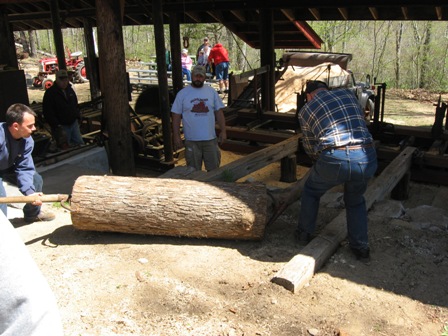
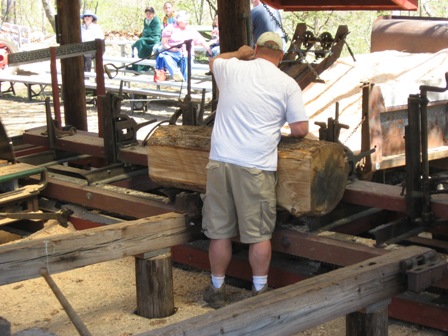
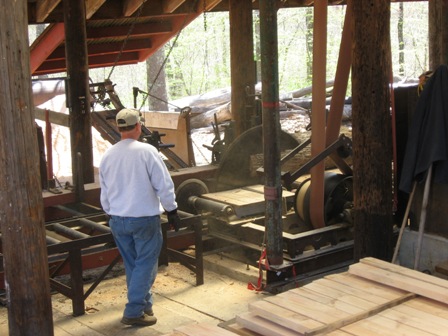
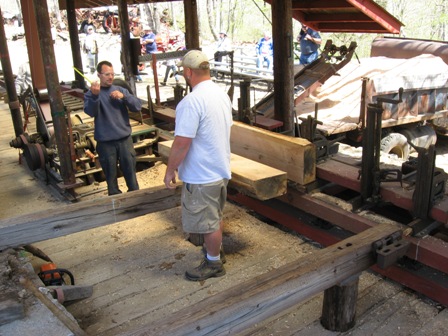
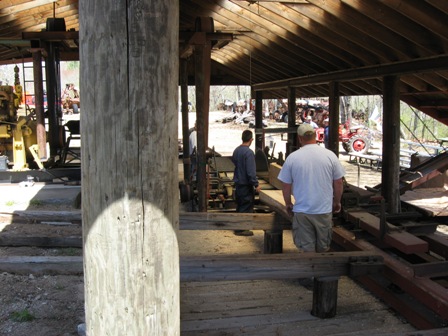
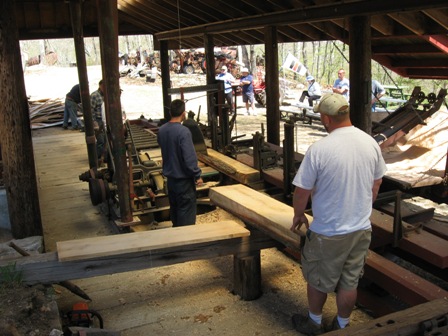


I need to "stick" the boards and let the moisture content drop to 10-12%. The plan is to bring them to Cecil's in the fall and run them through his thickness planer and turn them into 1" thick finished boards. The two (2) 14" boards from the center have the grain of quarter-sawn wood. Several of the 4" and 5" boards also have this grain. These will be the top to the coffee table - hoping for a 30" x 54" top with a bottom shelve using a simple Shaker design. The balance of the boards will be used to make the legs and the skirt/valance. Hopefully within the next couple of years
Thanks for looking.
Peter








